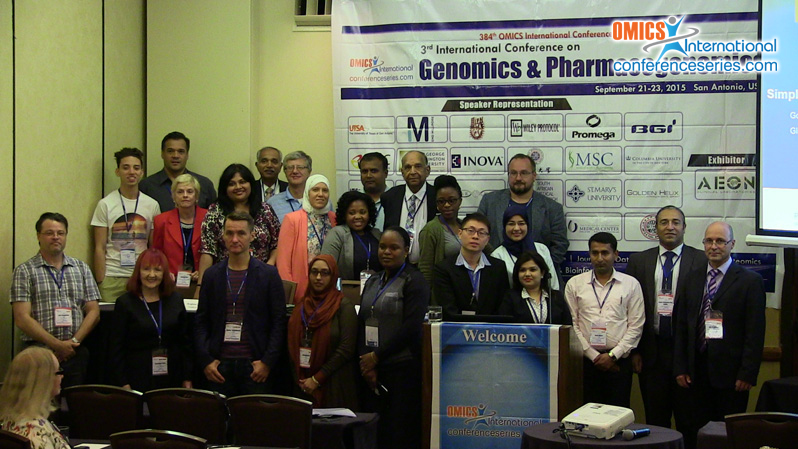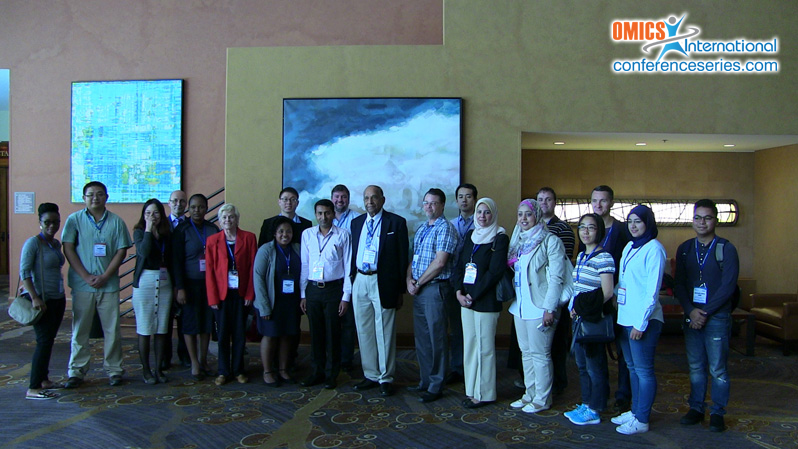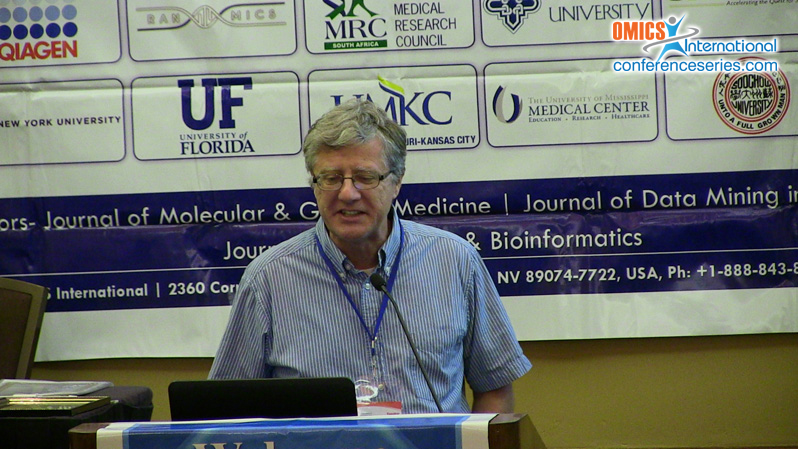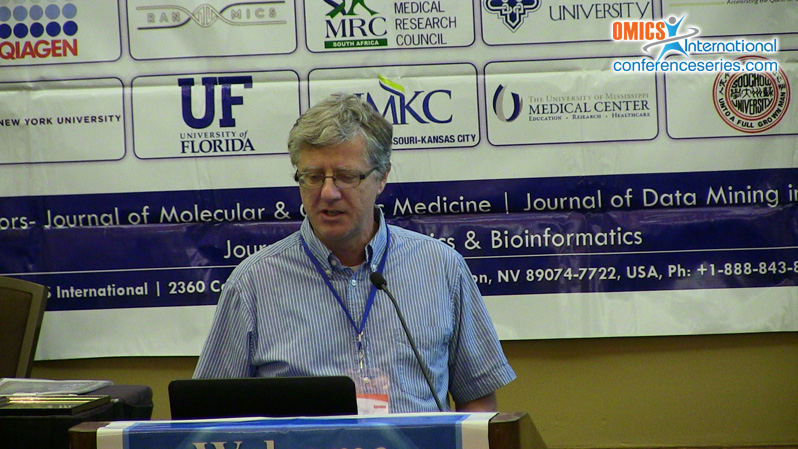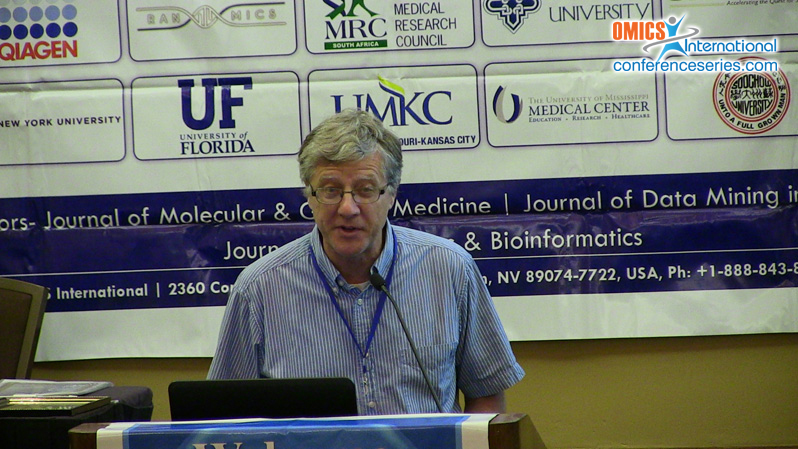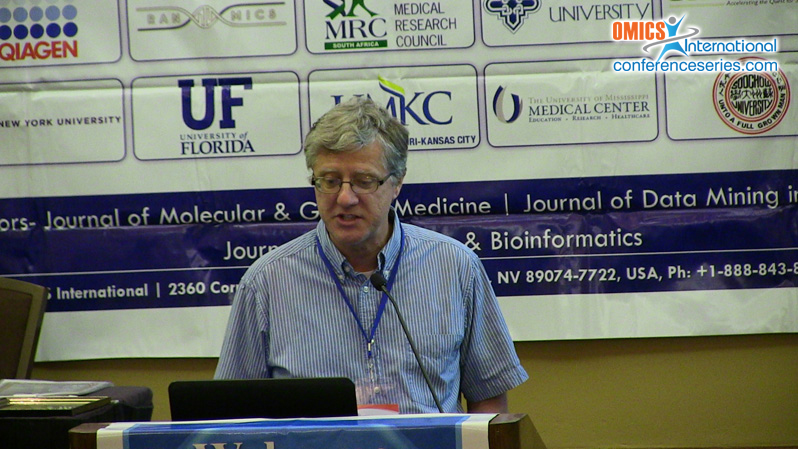
Luciano Brocchieri
University of Florida, USA
Title: Translational evidence and the accuracy of prokaryotic gene annotation
Biography
Biography: Luciano Brocchieri
Abstract
Gene annotation in prokaryotic genomes is challenged by inconsistencies among gene predictors and by incomplete or ambiguous information from evolutionary conservation, and recent analyses have evidenced the existence of genes missing from 1000 genome annotations. Popular gene prediction methods predict in the same genomes almost 20% more genes that are not in the annotations. Although for the majority of the excluded genes there is no convincing evidence of conservation, justifying their exclusion from annotations, we identifi ed among excluded genes a substantial fraction of genes conserved in sequence and in length across genera or phyla, many of which are corroborated by all methods. Introducing the N-PACT (N-Profi le Analysis Computational Tool) methods, we found that several of these ORFs could also be identifi ed by their signifi cant compositional periodicity. From information from gene prediction, evolutionary conservation and sequence 3-base periodicity, we estimated that as much as 30% of the currently annotated genomic inter-genic space could be occupied by unrecognized coding regions. We verifi ed expression of predicted genes in Pseudomonas aeruginosa PAO1 by RIBO-seq analysis, the genome-wide sequencing of mRNA regions undergoing translation by ribosome foot-printing. From the analysis of ribosome-footprint distributions, we could confi rm expression of the majoirity of the annotated genes, provide evidence of some mis-predicted starts-of-translation, and verifi ed expression of many predicted genes not included in the published annotation. Furthermore, ribosome footprints provided evidence of the existence of coding regions not predicted by any method, of previously unrecognized mechanisms of post-transcriptional regulation of translation (‘leader peptides’), as well as of alternative translational products.
Speaker Presentations
Speaker PPTs Click Here

